The Barnes Foundation
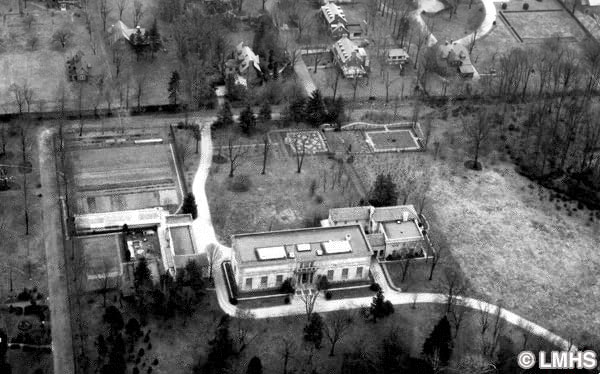
The Barnes Foundation was chartered as a privately endowed, nonprofit educational institution by the Commonwealth of Pennsylvania in 1922. Its stated mission was to promote the advancement of education, the appreciation of the fine arts and the study and the encouragement of arboriculture and forestry. The foundation, which one day would include one of the largest collections of Impressionist, Post-Impressionist, and modern art in the world, was the brainchild of Dr. Albert Barnes, physician, self-made millionaire, collector, and above all, art educator. Barnes was born in 1872 in the working class section of Kensington in Philadelphia.
Living in tough neighborhoods, Barnes learned to stand up for himself, a trait which he would maintain for the rest of his life. This determination, combined with a keen inquisitiveness was his ticket out of Kensington. At age 13, Barnes won entrance to Central High School, one of the most academically rigorous and respected secondary schools in the country. A distinguished student, after finishing his studies at Central, Barnes continued on to the University of Pennsylvania Medical School, graduating with the class of 1892.
Choosing a carrer in pharmacological research rather than clinical medicine, Barnes went to Germany, then the world’s center for the study of advanced chemistry. There he worked in experimental laboratories in Berlin and at the prestigious University of Heidelberg. While in Germany, he established a fortuitous partnership with the chemist Herman Hille. Together they refined a silver salt compound effective, primarily, in preventing eye infections and blindness in newborns.
Marketed throughout the world, Argyrol became a huge commercial success. In just three years, Barnes was wealthy enough to build Lauraston, a large home on Latches Lane named for his wife. (The home is now part of the Episcopal Academy campus.)

With the leisure and money that came with success, Barnes could at last explore his fascination with art and aesthetics. His acclaimed collection of artwork started off modestly. Never one to believe that art was exclusively the domain of the privileged, Barnes took the unusual action of hanging paintings in the Argyrol factory as well as his home.
What’s more, he used the paintings as an opportunity to educate his employees. He encouraged them to learn about and discuss with him the philosophy of art. Thus he attempted to create an environment where each employee could grow intellectually and creatively. Art was the medium and Barnes was the teacher.
In 1911, Barnes reconnected with a Central High classmate, the celebrated painter William Glackens. The next year, Barnes sent Glackens to Paris with $20,000, instructing him to purchase artwork. He returned with approximately 20 paintings from the then underappreciated painters Van Gogh, Renoir, Cezanne, Picasso, and Pissaro among others.
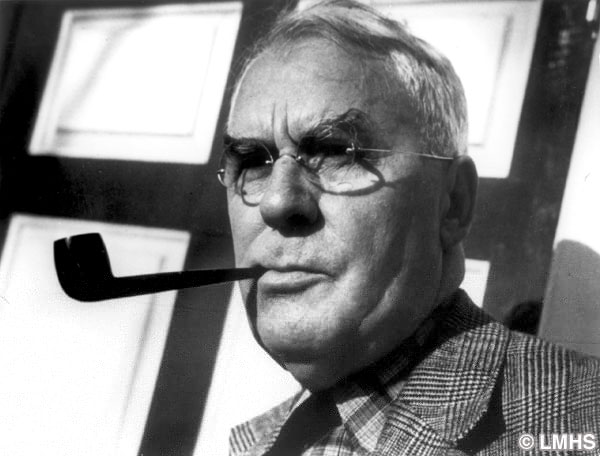
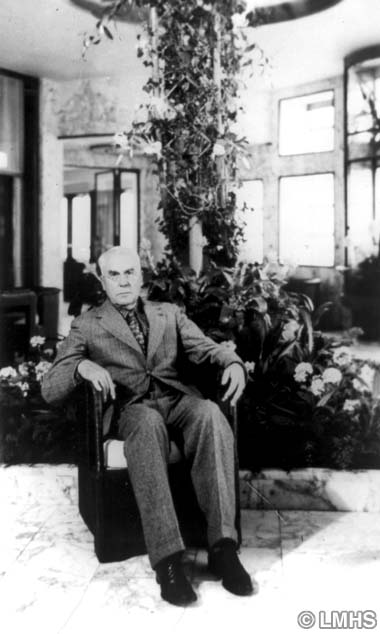
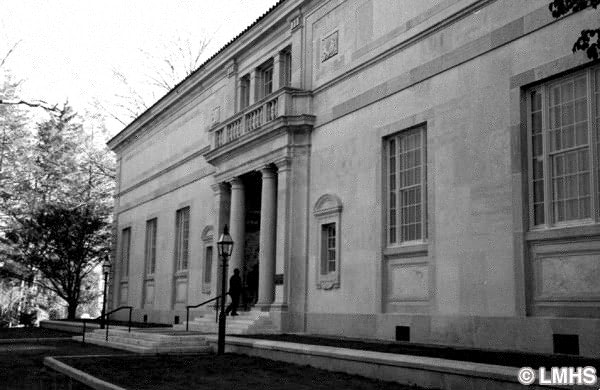
These extraordinary paintings fed Barnes’ desire for more artwork. Soon, Barnes ventured to Europe himself in search of works for his collection. In Paris, he was a frequent visitor to the celebrated salon of art enthusiasts Gertrude and Leo Stein. There he learned to appreciate still more the artistic merit of Impressionist, Post-Impressionist, and Modernist painting. Before long, his many shrewd purchases of this underappreciated (and often ridiculed artwork) became the talk of the auction and gallery circles.
Seeking a deeper understanding of the artwork he admired, in 1917 Barnes enrolled in classes at Columbia University taught by the philosopher John Dewey. Dewey’s approach to education stressed the democratic and experiential aspects of learning. In this theory, Barnes found a philosophy that resonated with his own beliefs.
As his collection grew, Barnes’ idea of founding an educational institution began to take shape. As he envisioned it, the foundation would consist of an art gallery which would house a school for the study of art. Incorporating his interest in horticulture, the foundation would also include an arboretum and school for the study of botany, horticulture, and landscape architecture.
The Barnes Foundation was dedicated on March 19, 1925. Barnes appointed his friend and philosophical mentor, John Dewey, as the first Director of Art Education. Barnes used the gallery with its impressive collection of paintings as the extraordinary classroom for his students, who in keeping with Dewey’s democratic principles, came from all walks of life. Noteworthy students have included the acclaimed Afro-American painter, Horace Pippin; Richard Wattenmaker, Director of Archives of American Art at the Smithsonian Institution; and Fred Osborn, Dean of Education of the Pennsylvania Academy of Fine Art.


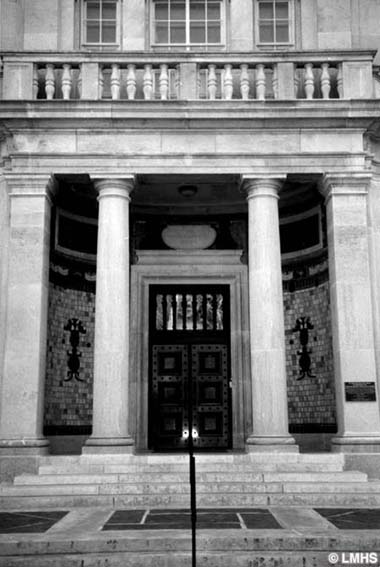
With the Foundation built, Barnes’ mission was not yet finished. He wrote several books on art and collaborated with Dewey in his studies. He also expanded his art collection to include examples of man’s creativity from many different cultures, traditions, and media. These include furniture, ceramics, ironworks, fabrics, antiquities, tapestries, and African sculpture.
He experimented with unique wall arrangements. For example, a series of ornamental door hinges and ironwork might be arranged with old master paintings, Post-Impressionist paintings, and African sculpture. Such groupings invite viewers to participate in understanding the creative process, and in finding parallels among diverse creative works.
In the mid 1940s, Barnes was considering the eventual fate of his foundation. It would be a difficult and lengthy process. His attempts to forge a relationship with the University of Pennsylvania and other schools were not successful. So, in 1950, Barnes chose Lincoln University, an historically black institution, to appoint four of the five trustees to the foundation’s board. Nine months later, Barnes was killed in an automobile accident.
Today, nearly 50 years later, Barnes’ educational legacy endures. The Barnes Foundation continues to hold classes in the philosophy and appreciation of art and in horticulture, botany, and landscape architecture. The Barnes Foundation serves as home to a collection of artwork which has no parallel in the world.
